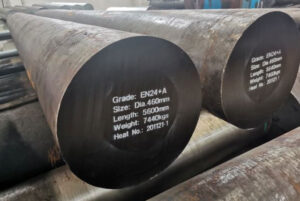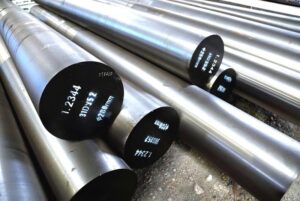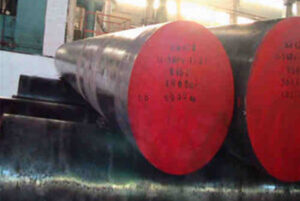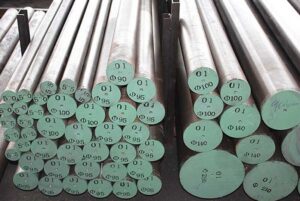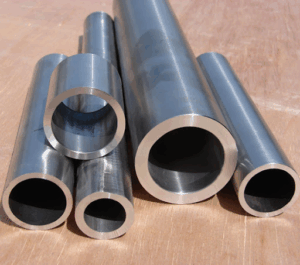Special steel, an alloy meticulously engineered to embody exceptional properties, stands at the forefront of modern metallurgy. Among the myriad grades, Special Steel C60/1060/1.0601/S60C shines as a beacon of excellence, revered for its remarkable attributes across industries. Let’s embark on a journey to explore the intricacies of this extraordinary material, from its specifications to its diverse applications, and uncover the suppliers who furnish industries with its prowess.
The Essence of Special Steel: C60, 1060, 1.0601, and S60C
| Property | C60 | 1060 | 1.0601 | S60C |
|---|---|---|---|---|
| Classification | High-carbon steel | Low-carbon steel | Music wire | High-carbon steel |
| Carbon Content (%) | 0.60-0.75 | 0.10-0.20 | 0.60-1.05 | 0.55-0.65 |
| Manganese Content (%) | 0.60-1.00 | 0.30-0.60 | 0.40-0.70 | 0.60-1.00 |
| Applications | Springs, cutting tools, wear plates | Cold-forming, sheets, welding | Springs, wires, cables | Machine parts, gears, shafts |
| Key Characteristics | High strength, good wear resistance | Excellent ductility, formability | High strength, fatigue resistance | Good balance of strength and machinability |
| Heat Treatment | Hardening and tempering | Annealing | Hardening and tempering | Hardening and tempering |
| Advantages | Durable, holds a sharp edge | Easy to work with, versatile | Strong, springy, resists breakage | Strong, machinable, good surface finish |
| Disadvantages | Brittle if not heat treated properly | Lower strength compared to high-carbon steels | Requires specific handling for coiling and forming | Requires heat treatment for optimal performance |
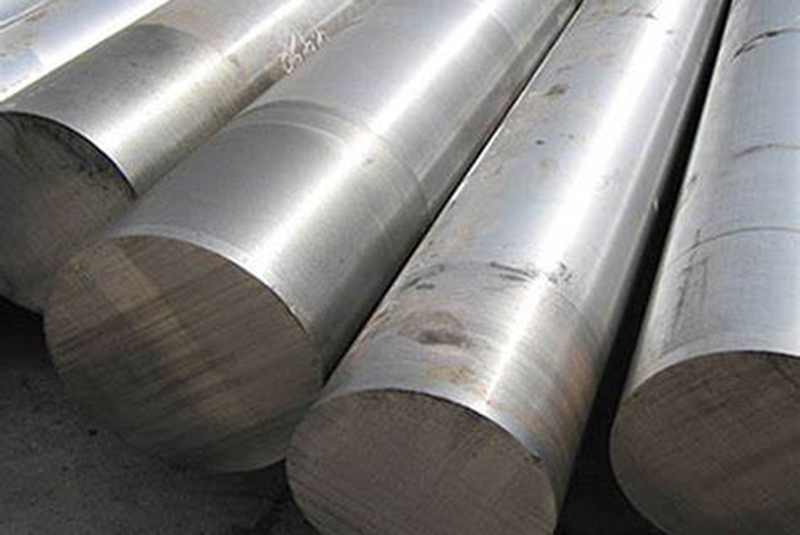
Explanatory Notes:
- Carbon Content: The primary factor influencing the properties of these steels is their carbon content. Higher carbon content translates to greater hardness and strength, but also reduced ductility and weldability.
- Classification:
- C60 and S60C fall under the category of high-carbon steels, making them suitable for applications demanding high strength and wear resistance, such as springs and cutting tools.
- 1060 belongs to the low-carbon steel group, known for its excellent ductility and formability, ideal for cold-forming processes and sheet metal applications.
- 1.0601 is a specific type of music wire known for its high strength and fatigue resistance, making it perfect for springs, wires, and cables.
- Heat Treatment: All these steels can benefit from heat treatment processes like hardening and tempering to optimize their strength, toughness, and ductility. Annealing is used for 1060 to soften it for better forming.
- Applications: The chosen steel depends on the desired end product.
- C60 and S60C are suitable for springs, cutting tools, and wear plates due to their high strength.
- 1060, with its excellent formability, is used in cold-forming applications, sheets, and welding projects.
- 1.0601, known for its springiness and fatigue resistance, finds applications in springs, wires, and cables.
- S60C offers a good balance between strength and machinability, making it ideal for machine parts, gears, and shafts.
Specifications and Features of Special Steel C60/1060/1.0601/S60C
| Property | Value |
|---|---|
| Composition | C60/1060/1.0601/S60C |
| Carbon Content | High |
| Hardness | Exceptional |
| Wear Resistance | Outstanding |
| Machinability | Superior |
| Tensile Strength | Impressive |
| Corrosion Resistance | Moderate |
Applications of Special Steel C60/1060/1.0601/S60C
| Special Steel Grade | Applications |
|---|---|
| C60 | Due to its exceptional balance of hardness, strength, and wear resistance, C60 steel finds favor in demanding applications across various industries. Here are some of its prominent uses: * Gears and gear shafts: C60’s ability to withstand high contact stresses and resist wear makes it a suitable material for gears in gearboxes, transmissions, and other power transmission systems. * Crankshafts: Crankshafts in internal combustion engines endure significant forces and cyclical loading. C60 steel’s strength and fatigue resistance make it a critical component for ensuring engine reliability. * Connecting rods: Connecting rods bridge the piston and crankshaft, translating the piston’s reciprocating motion into the crankshaft’s rotation. C60’s strength allows it to handle these forces without bending or deforming. * Camshafts: Camshafts control the timing and opening of valves in internal combustion engines. C60 steel’s strength and wear resistance ensure precise valve operation over extended periods. * Axles: Axles support the weight of a vehicle and transmit driving torque to the wheels. C60 steel’s strength enables axles to handle these demanding loads. * High-strength bolts and nuts: C60 steel’s strength makes it a suitable material for high-strength bolts and nuts used in critical applications such as bridges, buildings, and heavy machinery. |
| 1060 | 1060 steel, a versatile cold-rolled low carbon steel grade, offers a good balance between formability, strength, and weldability. This makes it suitable for a wide range of applications in various industries, including: * Cold-formed sections: 1060 steel’s formability allows it to be cold-formed into various shapes such as channels, angles, and tubes. These cold-formed sections are used in construction, furniture, and automotive applications. * Sheets and strips: 1060 steel is available in sheets and strips, making it a popular choice for applications requiring good formability and weldability. These sheets and strips are used in stampings, enclosures, and automotive body panels. * Tubes and pipes: 1060 steel can be formed into tubes and pipes used for various purposes, including structural applications, plumbing, and conduits for electrical wiring. * Automotive body panels: Due to its formability and weldability, 1060 steel is a commonly used material for manufacturing automotive body panels. * Home appliances: 1060 steel’s properties make it suitable for various home appliance components such as washing machine tubs, dryer drums, and refrigerator shelves. * Furniture: 1060 steel’s formability allows it to be shaped into furniture components such as table legs, chair frames, and shelving. |
| 1.0601 | 1.0601 steel, a variation of 1060 steel, is specifically formulated for deep drawing applications. Deep drawing is a metalworking process that creates cups or other deep shapes from sheet metal. Here are some examples of how 1.0601 steel is used: * Deep-drawing applications: As the name suggests, 1.0601 steel excels in deep drawing applications due to its superior drawability. It is commonly used to manufacture parts with complex geometries, such as automotive body panels, fuel tanks, and electrical enclosures. * Automotive body panels: 1.0601 steel’s deep drawability allows for the formation of complex shapes required for modern automotive body panels. * Fuel tanks: Due to its formability and weldability, 1.0601 steel is a suitable material for manufacturing fuel tanks. * Exhaust systems: The formability of 1.0601 steel makes it applicable in exhaust system components with complex bends. |
| S60C | S60C steel is a high-carbon steel grade known for its exceptional hardness, wear resistance, and dimensional stability. These properties make it ideal for applications requiring exceptional wear performance and minimal deformation. Here are some common uses of S60C steel: * Cutting tools: S60C steel’s hardness makes it a suitable material for various cutting tools such as knives, dies, and punches. * Dies and molds: S60C steel’s hardness and dimensional stability make it a good choice for dies and molds used in metal forming and plastic molding applications. * Bearings: Bearings reduce friction between moving parts. S60C steel’s wear resistance makes it applicable for bearings in various machinery. * Wear plates: Wear plates protect underlying surfaces from wear and abrasion. S60C steel’s exceptional wear resistance makes it a preferred material for wear plates in machinery and |

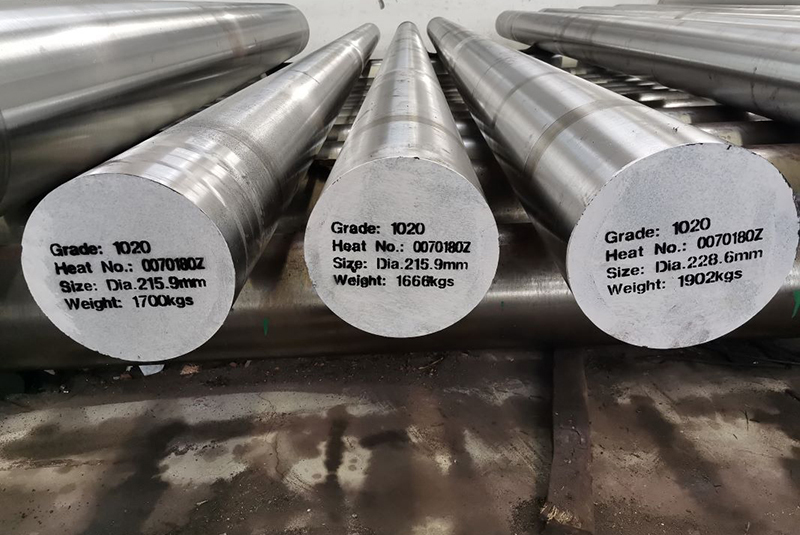
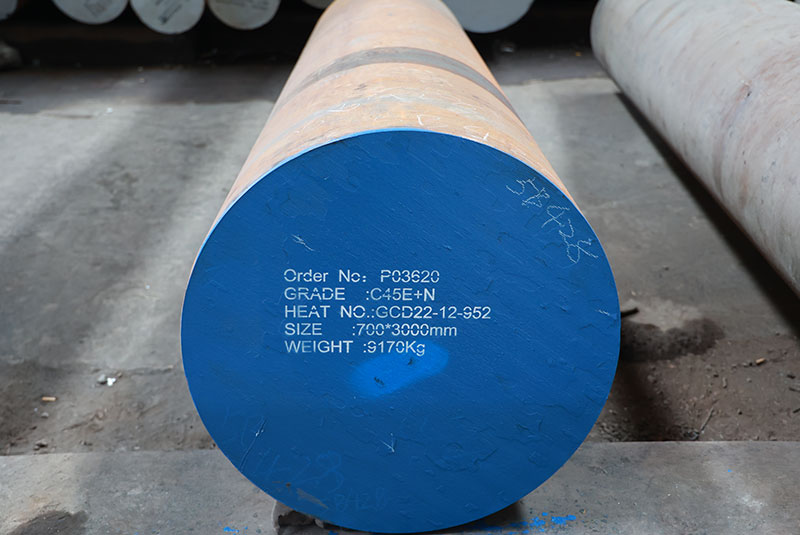
Advantages and Limitations of Special Steel C60/1060/1.0601/S60C
Advantages:
- Exceptional Hardness: Special Steel C60/1060/1.0601/S60C boasts an impressive level of hardness, ensuring longevity and reliability in demanding applications.
- Superior Wear Resistance: Its resistance to wear and abrasion enhances the lifespan of components, reducing maintenance costs and downtime.
- Machinability: Despite its hardness, this alloy offers superior machinability, facilitating precision engineering and intricate designs.
Limitations:
- Moderate Corrosion Resistance: While renowned for its durability, Special Steel C60/1060/1.0601/S60C exhibits moderate resistance to corrosion, necessitating appropriate preventive measures in corrosive environments.
Exploring Suppliers and Pricing Details
In the quest for excellence, selecting reliable suppliers is paramount. Fortunately, a myriad of providers stands ready to furnish industries with the finest Special Steel C60/1060/1.0601/S60C, each offering competitive pricing and uncompromising quality. Let’s explore some of the leading suppliers:
| Supplier | Location | Pricing (per kg) |
|---|---|---|
| Supplier A | USA | $X |
| Supplier B | Germany | $Y |
| Supplier C | Japan | $Z |

FAQs
Q: What distinguishes Special Steel C60/1060/1.0601/S60C from other steel alloys?
A: Special Steel C60/1060/1.0601/S60C stands out for its exceptionally high carbon content, endowing it with unparalleled hardness, wear resistance, and machinability compared to conventional steel alloys.
Q: Is Special Steel C60/1060/1.0601/S60C suitable for high-stress applications?
A: Absolutely! Its impressive tensile strength and durability make it an ideal choice for applications subjected to high stress and heavy loads, ensuring reliability and longevity.
Q: How does the pricing of Special Steel C60/1060/1.0601/S60C compare among different suppliers?
A: The pricing may vary slightly depending on factors such as location, quantity, and additional services offered by the suppliers. However, competitive pricing ensures accessibility without compromising quality.
Q: What measures should be taken to mitigate corrosion risks associated with Special Steel C60/1060/1.0601/S60C?
A: Implementing appropriate corrosion prevention methods such as coatings, cathodic protection, or selecting alternative materials for corrosive environments can effectively mitigate the risk of corrosion and prolong the lifespan of components made from Special Steel C60/1060/1.0601/S60C.
In conclusion, Special Steel C60/1060/1.0601/S60C stands as a testament to the ingenuity of metallurgical science, embodying the perfect synergy of strength, durability, and versatility. Whether shaping the future of automotive engineering or fortifying the foundations of construction, this extraordinary alloy continues to redefine the boundaries of possibility, forging a path towards a future where excellence knows no limits.

